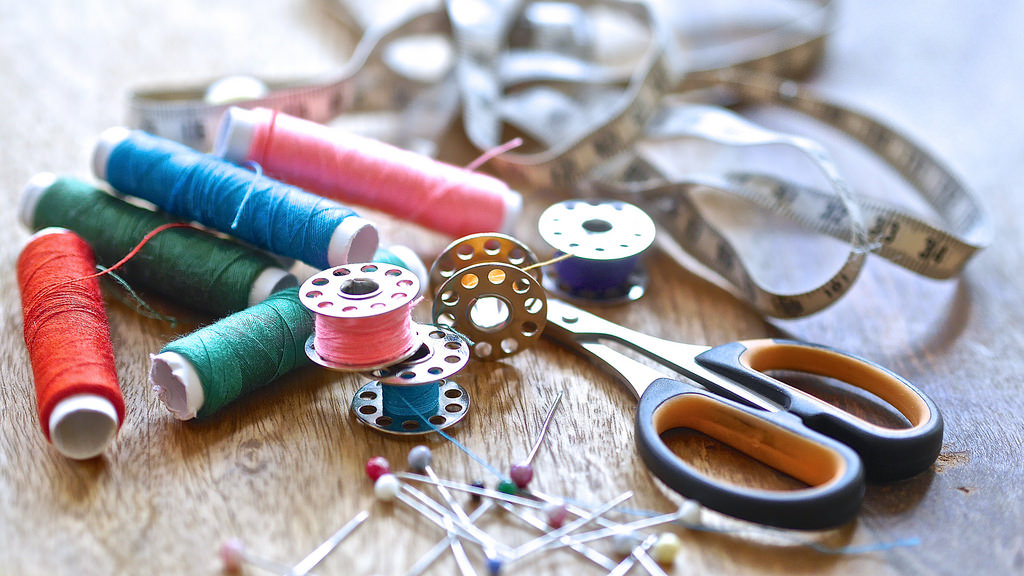A creative and interesting profession that does not lose its attractiveness for centuries. And, we are sure that it will remain relevant for a long time. This is a seamstress profession. In the article we will analyze the features of the training of specialists, the requirements of employers, the duties of seamstresses and other important and interesting information.
What kind of profession is this?
A professional seamstress today performs operations both on a typewriter and manually. The simplest ones are suturing, fitting to the size of clothes. Sometimes minor repairs to textiles. As a rule, such works, despite their simplicity, are very popular.
Specialists work both in large textile enterprises and in small ateliers. Many open their own workshops.
What else distinguishes the profession of a seamstress? Mastering the skill is simple: to work in the studio is enough to finish specialized courses. For further professional development, it is necessary to acquire more and more new categories of seamstresses. The higher the category, the more serious the work, the higher the salary and the demand for the specialist.

Sewing Preparation
What is wonderful, you can become a seamstress "suddenly and immediately." The specialty does not require many years of training. Much more important is an internal sense of style and balance, a creative nature, the ability to see and create beautiful.
All training opportunities for specialists can be divided into three categories:
- Sewing courses. The easiest and fastest way. The average duration is about 3 months. But if you want to move up the professional ladder, seamstress courses will not be enough. Such training is limited to minimal skills - hemming, minor repair of clothes. But the courses are good in that they help determine the goal - do you want to continue to develop in this direction or not.
- Secondary vocational education. The profession can be mastered in a number of colleges and technical schools.
- Higher professional education. Without a university, of course, it is possible to become a first-class specialist, but many seamstresses nevertheless strive for such training. By the way, it is available through an extramural program, which is why education can be combined with work.
Necessary personal qualities
The job description of seamstresses does not contain such a column. But these or other personal qualities allow you to achieve success in your work, enjoy this activity, motivate you to develop further in the sewing world.
The following is appreciated here:
- Perseverance.
- Craving for work with fabrics.
- The ability to harmoniously combine colors, shades, patterns, patterns.
- Artistic taste.
- Accuracy.
- Patience.
- Pedantry.
- Attention to detail.
- Constant craving for self-development, professional self-perfection.
- Sociability. Yes, the success of a seamstress largely depends on properly built communication with clients. So she will thoroughly understand what the customer wants in the end, and gently resolve conflict situations.
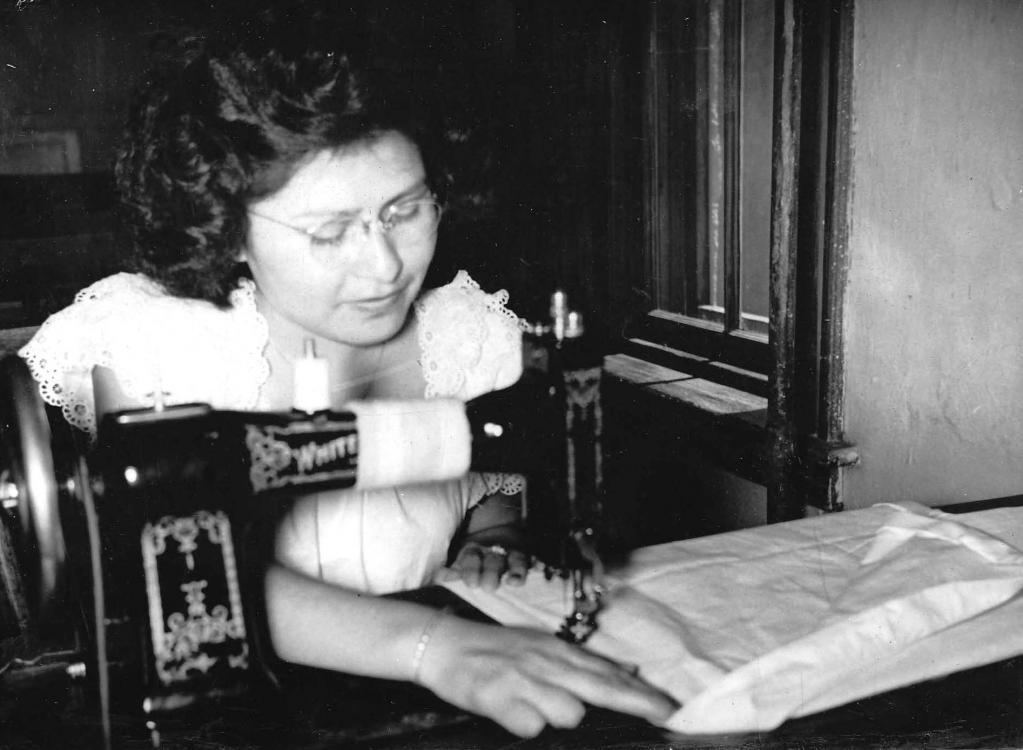
The seamstress should know ...
The job description of a seamstress assumes that the specialist has the following knowledge:
- About types and varieties of fabrics.
- On the application of various types of seams.
- About working on various types of sewing machines.
- On the methods of designing, cutting various items of clothing.
- About the rules for caring for sewing equipment.
- On the rules for storing sewing supplies.
The seamstress should be able to ...
The job description of a seamstress requires the specialist to possess a number of skills necessary for work. This is the following:
- The correct selection of needle and thread numbers.
- Adjusting the tension level of the stretched thread in the sewing machine.
- Adjusting the speed of the sewing device.
- Solving minor malfunctions in the functioning of sewing equipment.
- Ability to work both on a manual, foot sewing machine, and on an automated device.
- Connection of parts of various products, selection of the correct type of seam.
- Cutting out various details and preparing them for work.
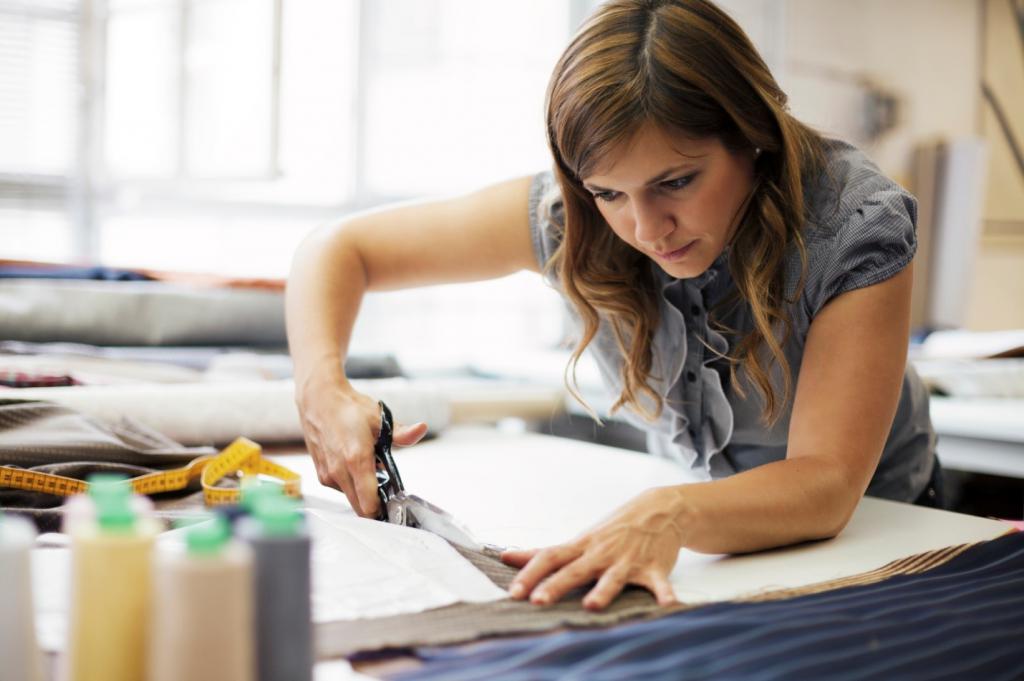
Job duties of a seamstress without a category
The job description of a seamstress does not require a category for the following types of work:
- Marking of textile products.
- Measurement and subsequent cutting of fabrics for further tailoring products.
- Design and manufacture of parts for specific purposes.
- Tailoring of products from genuine and artificial leather.
- Textile repair using heat treatment.
- Repair of products from canvas (for example, tents) and other products where knowledge of the location of eyes, loops, bushings, edges and ropes and the use of equipment that is not directly related to sewing are needed.
For admission to other work in the seamstress workshop, it is necessary for the specialist to receive the corresponding category. The separation is based on the degree of complexity of a particular sewing method, accuracy, speed of work.
3rd seamstresses
Specialists are engaged in sewing hospital gowns, pajamas, bedding, bags, work clothes - all products whose usefulness is valued higher than appearance.
A seamstress in the production of the third category should be able to:
- Sweep the edges on a typewriter.
- Sew buttons on a special device.
- Sew straight edges.
- Trim cuffs, pockets, hem on special devices.
- Sew on piping.
- Handle the edges of pillowcases.
- Use fasteners for labeling.
- Darn, mend the loose lines.
- Shorten, lengthen simple garments.
- Thread the bobbin of the sewing machine.
- Adjust thread tension.
- Lubricate the sewing machine.
- Operate the sewing device.
- Adjust the speed of the machine.
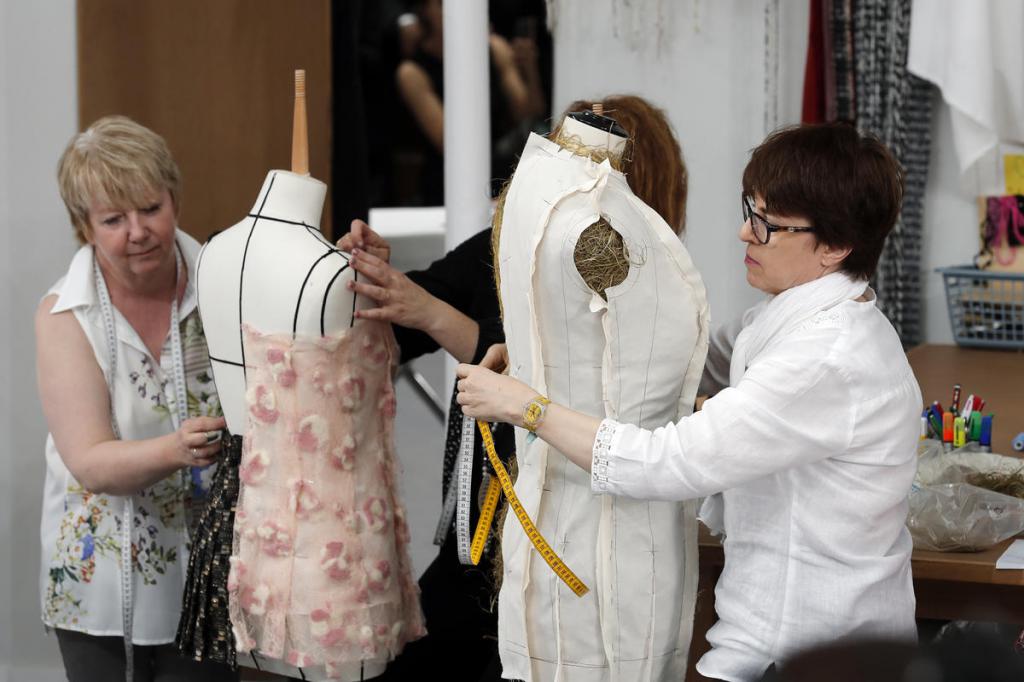
4th seamstresses
The job description of the fourth category seamstress suggests that the specialist works with cotton, wool, nylon, viscose, combined fabrics. In relation to the products manufactured by her, the appearance of the products is important.
In addition to the skills of a specialist of the 3rd category, a seamstress should be able to:
- Sew irregularly shaped parts, work with curves and curved lines, strictly right angles.
- To give an aesthetic appearance to the manufactured products.
- Embroider small items - pocket flaps, patch pockets, shoulder loops using stitching, processing curved lines and right angles.
- The performance of loops on various items of clothing - trousers, shirts.
- Performing various sewing operations on clearly defined contours.
- Double needle sewing.
- Clothing repair associated with a change in the design of the product, and not just its lengthening / shortening.
- Sewing irregularly shaped sections.
- Overlock ownership with a knife.
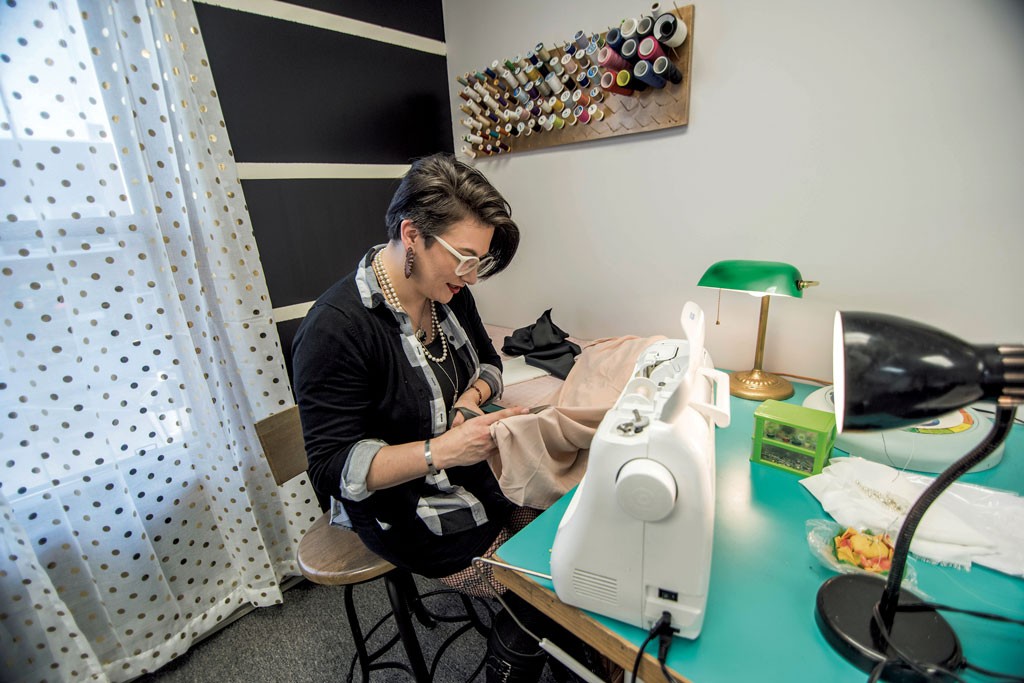
5th seamstresses
They work on products in which quality is important (for example, parachutes) and elegant appearance (evening costumes). Easily cope with the manufacture of clothing, which has numerous and elaborate details. They have deep skills in connecting and landing curves, curved parts of the structure.
The main work that is prescribed by the job description for these specialists:
- Sewing parts with the coincidence of the pattern, often with a double needle.
- Replacing cuffs, pockets.
- Repair of parachutes with a minimum tolerance on the seams.
- Under repair - a change in the volume of the waist, intermediate parts.
- Work with wool, nylon and viscose.
- Combining the main parts of the product into a single whole.
- Work with bulky textile products weighing up to 20 kg.

Seamstresses of the 6th category
The main work of these specialists is heavy multilayer textile products. For example, lined coats and jackets.
The seamstress should be able to do the following:
- Install the product sleeves in the armhole without wrinkles and creases.
- Sew on the edges around the lapels of coats and jackets with the correct observance of all allowances.
- Finish with high precision the edges of products of complex structures.
- Repair complex textile items. An example here will be the same coats and jackets.
A seamstress of this category is fully responsible for the appearance of a complex cut product manufactured by her. Of all the above, work in the framework of this category will be the most intense, requiring the utmost concentration of attention.
Specialist remuneration
How much on average does an apprentice seamstress get? The salary of a specialist depends immediately on a number of factors. The greatest impact on the amount of cash compensation is provided by professional experience. The greater the length of service, the more valuable the specialist.
In second place is the specifics of the employer. Large enterprises have higher wages, richer career opportunities. In small ateliers, of course, the salary and professional advancement are more modest.
The third factor is the region. Here are the average numbers:
- Moscow: 30-50 thousand rubles.
- Petersburg: 25-45 thousand rubles.
- Yekaterinburg and Novosibirsk: 20-40 thousand rubles.
- Nizhny Novgorod: 10-35 thousand rubles.
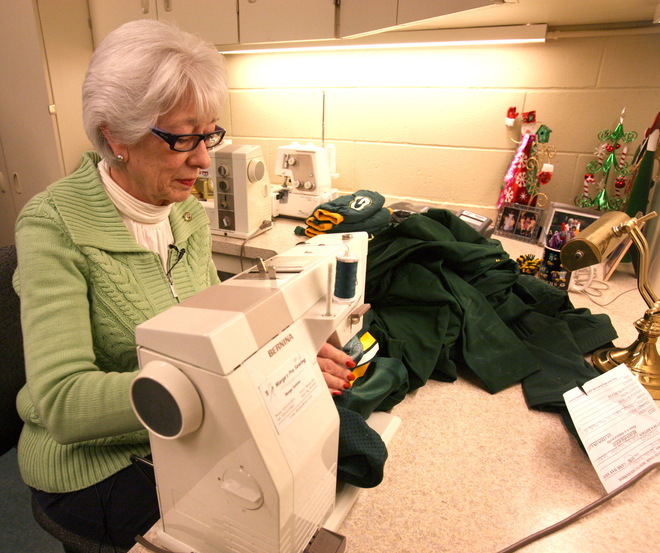
Seamstress work is an interesting creative employment. Someone starts with a three-month introductory course and tries himself in small ateliers, his own mini-workshops. Then she develops practical skills, becoming a professional sought-after seamstress with golden hands. Someone is taking a different path: receiving a specialized higher education for further employment in a large textile factory. University training contributes to the rapid advancement of the career ladder - allows you to become the head of the department, the head of the team.
